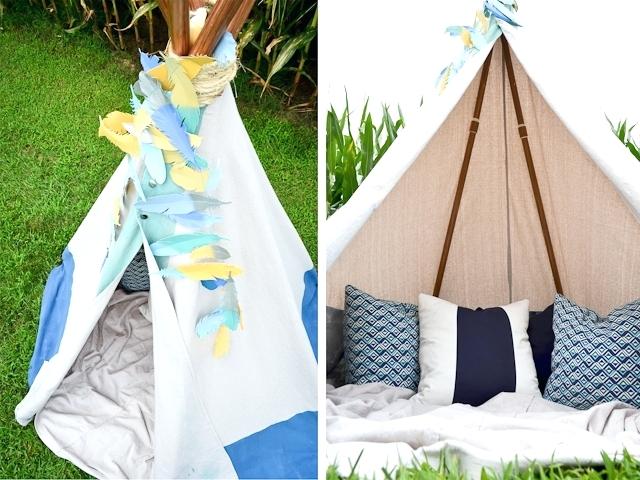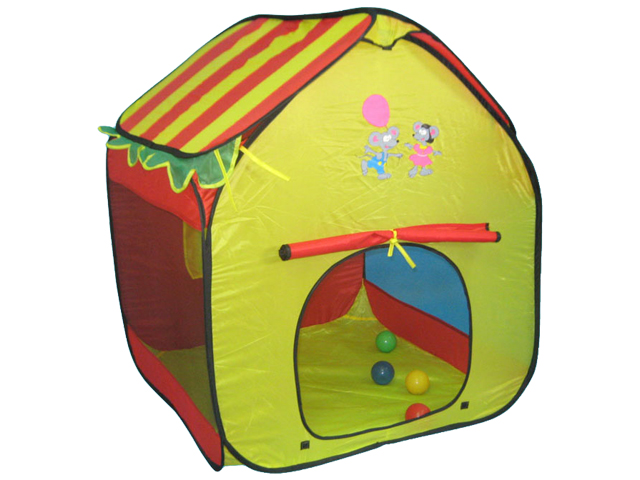
As a parent of a five-year-old boy and a three-year-old boy, I am proud to say that I have survived several winters in Northwest Indiana when my kids get bored out of their mind because of being stuck indoors so much of the time. The days are short. The snow may be fun to play in for thirty minutes, but that’s after forty-five minutes of wrestling mittens onto tiny hands and searching for scarves and hats.
The mittens fall off the tiny hands after about twenty minutes (because they never seem to fit right on little people) and as the fingers become numb the outside fun comes to an end. It’s back inside in time for mom or dad to carry the mountains of soggy outer clothing to the dryer while the boys settle back into their search for some kind of adventurous entertainment for their energetic little minds and bodies.
Here’s where children’s tents may come to the rescue. Children’s tents provide hours of fun and enjoyment that involves imaginative play and physical activity. We have a tent in our basement that sits on a small piece of remnant carpet, allowing them to crawl around on all fours as they make up various games for scaring each other inside the tent or playing house in the tent or some other game involving their other toys.

There’s just something about having your own little space that young children really love. Sometimes my five-year-old will go inside the tent just to look at books. Other times his younger brother will simply crawl in and out of the tent, enjoying some sort of imaginary scenario known only to him as he plays out the situation in his little mind.
The key is that indoor tents bring a small element of outdoor play to a small indoor space. They give children the opportunity to use their imaginations rather than playing with the endless stream of gadgets and gizmos that make noise or take away the imagination element that is so crucial for kids. Check out the best toddler tent in this link.
As a clinical psychologist, I consider play to be a crucial part of development and learning for young children. That’s why my wife and I make a deliberate effort not to fill our home with toys that do all of the imagination work for them. The stores are filled with imagination-killing toys in an effort to look cool in the store or catch the kids’ attention with the bright button that makes some sort of blaring noise every time the child pushes it. Kids need to exercise their imagination to develop the forebrain and the ability to use the hologram of their mind.
Some tents encourage imaginative play more than others. For example, I’ve seen tents that look like small cottages that you might find in the woods. Girls may enjoy pretending to be host or pretending to clean inside their little homelike tents. I also recently saw a tent that look like a space station with four long tunnels coming into each of the four sides of the central hub.
These tents may provide a little extra help to get the kids imagination going, but then it’s really the children who create the stories and play out the scenes in their mind as they busily occupied themselves with their play. Children’s tents have helped us on several occasions when the boys were getting too bored after a couple days of being stuck indoors. We just pull out the collapsible tent to provide hours of fun.
